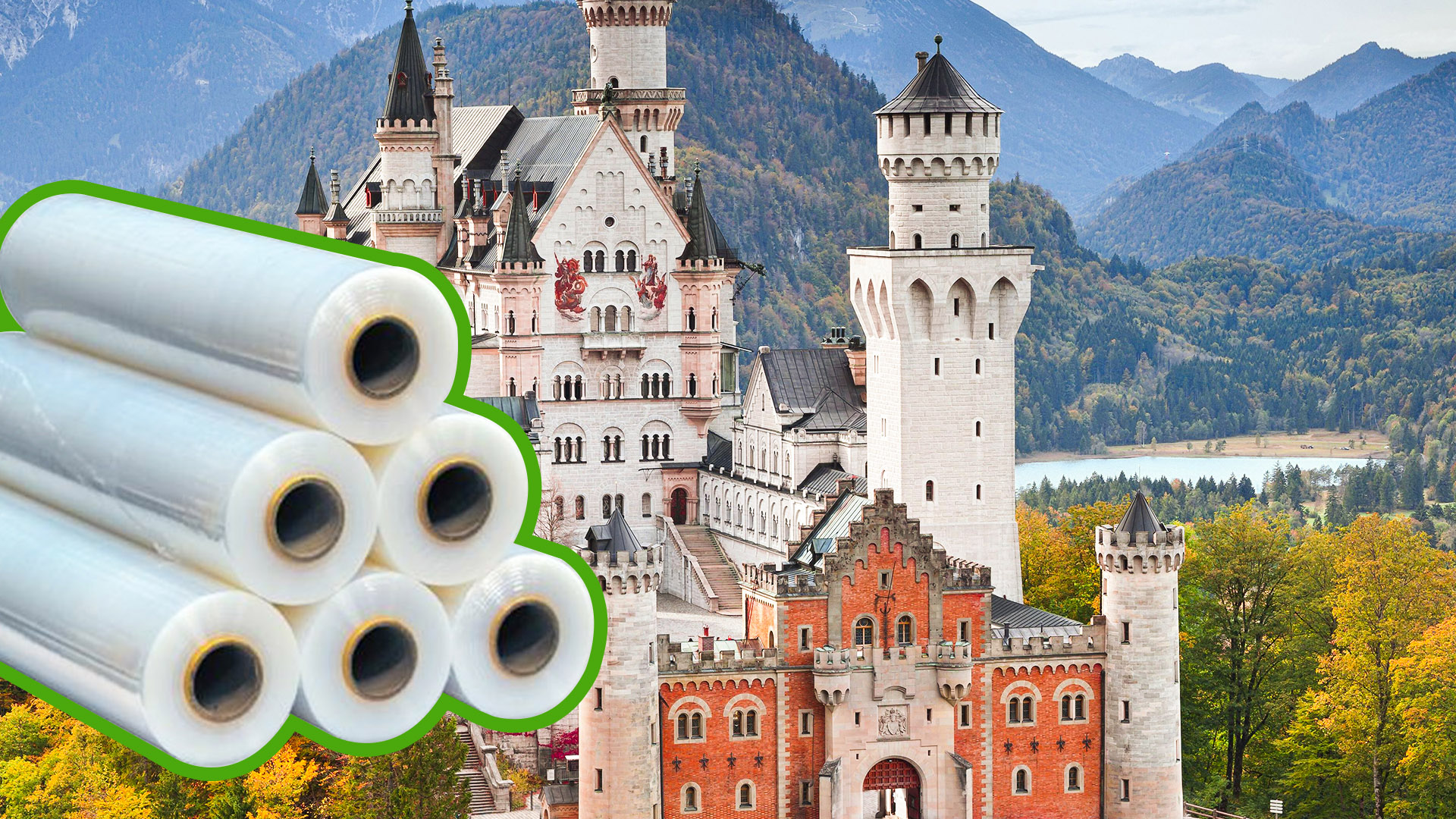Castle From Cling Film
Every day, new developments, new ideas, new applications are included in our lives in the fight against coronavirus. Social distance, antiseptics, disinfectants now stretch film castles have been included in our lives.
From many pharmacies to grocery stores, post offices to bakeries, cling castles are an indication that coronavirus is taken seriously. In addition to masks and gloves to protect against viruses, it is possible with cling films to minimize contact in society with a very cheap cost.
.jpg)
Insulation with cling film seems to be very useful technically and psychologically to protect against coughing, handshaking and similar contacts. Cling films, which you can obtain quite easily, seem to be used more widely as an insulation material not only in businesses, but also in many living spaces and goods, because of their low cost. When combined with human imagination, cling films produced from different raw materials and produced in different micron and different colors, will turn into very different cling castles and will add color to our lives. Cling film, thanks to its elastic structure, eliminates the interaction of food with air, allowing them to stay fresh longer and stored in a hygienic environment. Our cling films that you can use with ease of packaging, storage and transportation of your food do not contain substances that increase flexibility and harmful to health.
.jpg)
Cling film easily attaches to many smooth surfaces thanks to the static electricity accumulated on its surface. Cling films, originally produced from polyvinyl chloride (PVC), are made of low density polyethylene (LDPE) material, VLMF PVC material and polymerized plastics, with the concern that some agents used as plasticizers can be harmful to health by penetrating into fatty foods. The stickiness of LDPE, which does not contain hazardous chemicals, is lower than its counterparts made of PVC. Manufacturers all over the world are obliged to prove that the material they use is not poisonous in accordance with ISO 10993. According to the Turkish Food Codex, polyethylene (LDPE) cling films can contact all kinds of foods, including fatty foods. Cling films do not contain Bisfenol A (BPA) and phthalate derivative harmful plastics that play an active role in the production of materials such as plastic, nylon, polyester and PVC.
Biodegradable Cling Film
Biodegradable Cling Film is produced from bio-soluble polyethylene in order to minimize the damage to the environment of plastic wastes released uncontrollably to the environment. In its production, the formula of standard cling films has been changed, and bio additives are added, which allow it to dissolve in nature.
The additive reduces the plastic to a structure that microorganisms in the soil can use as a source of food. Thanks to the consumption of microorganisms, plastic dissolves in nature in a short time like 2 years. This dissolution, which takes place within 2 years, is shorter than the dissolution time of the branches and straw in the nature.



